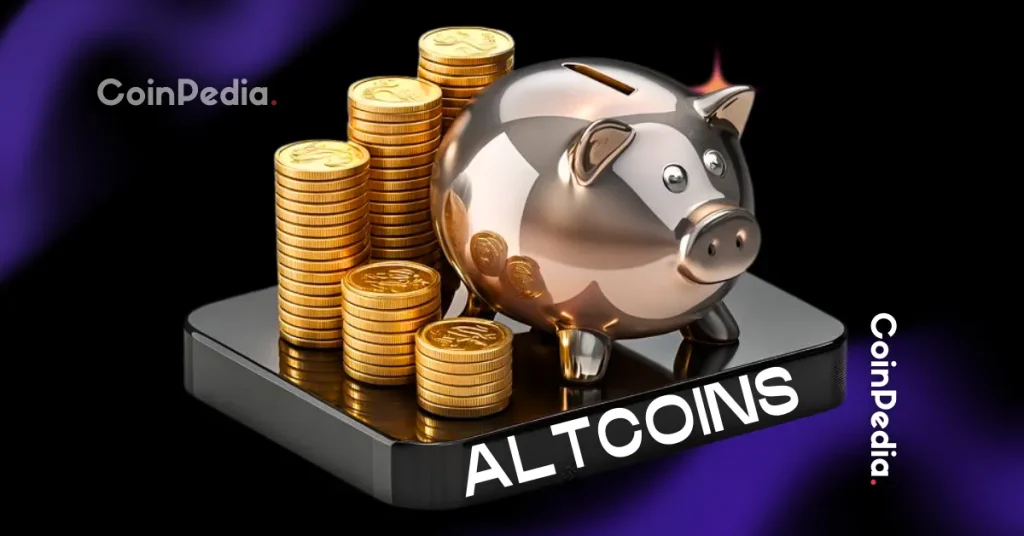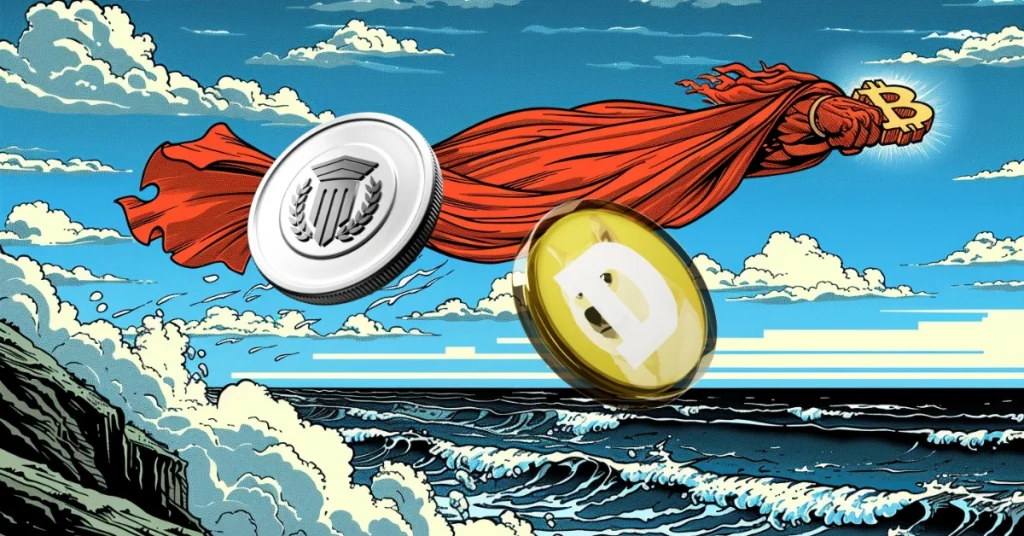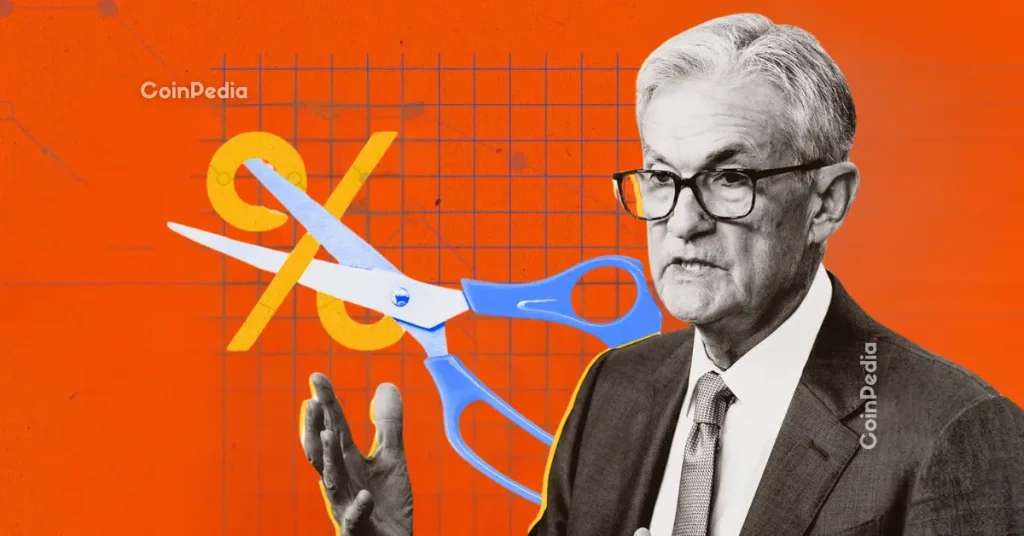Smart money wallets are showing big moves, as the market slides to a lower range. Top wallets are now repositioning on BTC and other major altcoins.
Smart money may be repositioning at the new lower range for crypto assets. The latest dip of BTC closer to $80,000 revealed the preferences of these wallets.
For BTC, smart money is more predominantly short, while retail still holds long positions. Whales are 53% short on BTC, based on Nansen data.
ETH shows a bigger divergence between smart money and retail. Smart money is 76% holding long positions, while 93% of retail is shorting. Whale wallets are 55% long on ETH. Ethereum’s ecosystem is seen as more dynamic, inviting more strong opinions. For whales and smart money,
Ethereum is still an indispensable protocol for DeFi, lending, and stablecoin activity, one of the few reliable sources of yield in crypto.
Smart money is more bearish on SOL
The other major tokens with a focus on smart money are SOL and HYPE. The two tokens are a proxy for the crypto ecosystem in terms of retail activity, DEX trading, and perpetual futures DEX.
Smart money is 93% short on SOL, while retail is even more bearish at 99% short. Whales are taking a risky bet with 59% long, counter to the general trend. The SOL sentiment based on Market Prophit data shows a similar disparity, with a more neutral attitude for retail and more bearish sentiment among smart money.
$SOL Sentiment
CROWD = Bearish 🟥
MP = Bearish 🟥
Check out sentiment and other crypto stats at https://t.co/HQDyBNv73S pic.twitter.com/pmoec48Nqg
— Market Prophit (@MarketProphit) November 21, 2025
SOL sank to $125.24 after a brief recovery above $140.
HYPE is an entirely different case, with 100% of retail interest making a long bet. Smart money is 66% short on HYPE, while whales hold a more conservative 52% in short positions.
HYPE sank toward $32.81, though still supported by active trading and token burns.
Short-term holders capitulate on BTC
BTC had one of its biggest short-term capitulations since the crash of FTX in 2022. Despite the positive developments for crypto this year, the price levels reached the pain points of short-term buyers. Based on Glassnode data, selling originated from short-term holders.
$BTC realized losses have surged to levels last seen during the FTX collapse, with short-term holders driving the bulk of the capitulation. The scale and speed of these losses reflect a meaningful washout of marginal demand as recent buyers unwind into the drawdown.… pic.twitter.com/hAmZPOM5XZ
— glassnode (@glassnode) November 21, 2025
At $82,000, BTC sits close to some of its lowest support levels, pressuring even buyers from previous quarters to capitulate. During the latest downturn, only 64% of the BTC supply held is in profit, leading recent traders to absorb losses, rather than risk a deeper drawdown. The current supply in profit is at the lowest level since the 2023 bear market, after BTC drew in new buyers near its peak prices.
The recent selling follows a period of longer unwinding by long-term whales, as funds shifted to newer holders. The recent market downturn revealed the level at which spot BTC holders were ready to shed their coins, while they held through previous smaller downturns.
The current market move is testing the readiness of BTC owners to retain their coins, even if they risk another bear market.
Sign up to Bybit and start trading with $30,050 in welcome gifts
















 English (US)
English (US)